How to Freeze Bell Peppers (Easy Steps for Freezing)
Are you tired of watching your beautiful bell peppers wither away before you can use them all? Say goodbye to food waste and hello to a freezer stocked with the vibrant flavors of bell peppers!
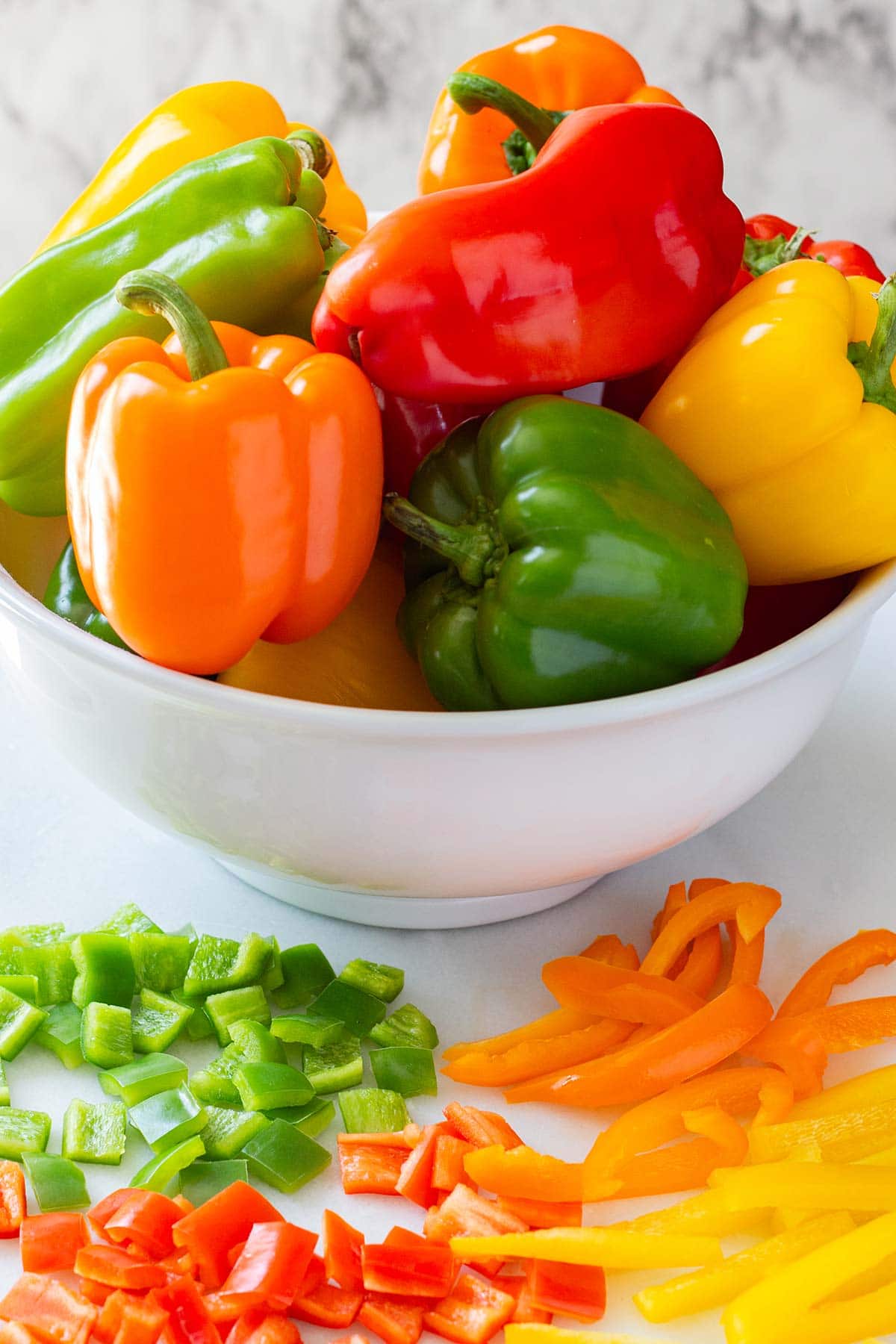
Are you tired of extra peppers going bad before you can use them all? Learn how to freeze bell peppers so you can preserve the vibrant flavors and nutritional benefits of bell peppers all year round!
Plus, freezing bell peppers can help you save time and money, too!
Can You Freeze Bell Peppers?
Absolutely! Freezing bell peppers is a fantastic method to keep them fresh and flavorful for longer periods.
It’s a simple process that allows you to enjoy the bold flavors and nutritional goodness of bell peppers, even when they’re not in season.
By following the proper steps for preparation and storage, you can ensure that your frozen bell peppers retain their quality and are ready to be used whenever you need them.
Advantages of Freezing Bell Peppers
One of the best advantages of freezing peppers is that freezing helps retain the flavor and nutritional value of fresh or raw peppers and free you from the time constraints of using them up before they go bad.
Freezing bell peppers also offers greater convenience and time-saving in the kitchen. With frozen peppers on hand, you can easily add them to your favorite recipes without needing to run to the store first.
They are always available whenever you need them, saving you time and effort.
And freezing fresh bell peppers can help you save money, too.
When peppers are in season, you can purchase them at lower prices. Once frozen, they are then good for months, and can be pulled out in times when they are not in season and prices are higher.
This is a great way to preserve the peppers (and your money savings) for later use.
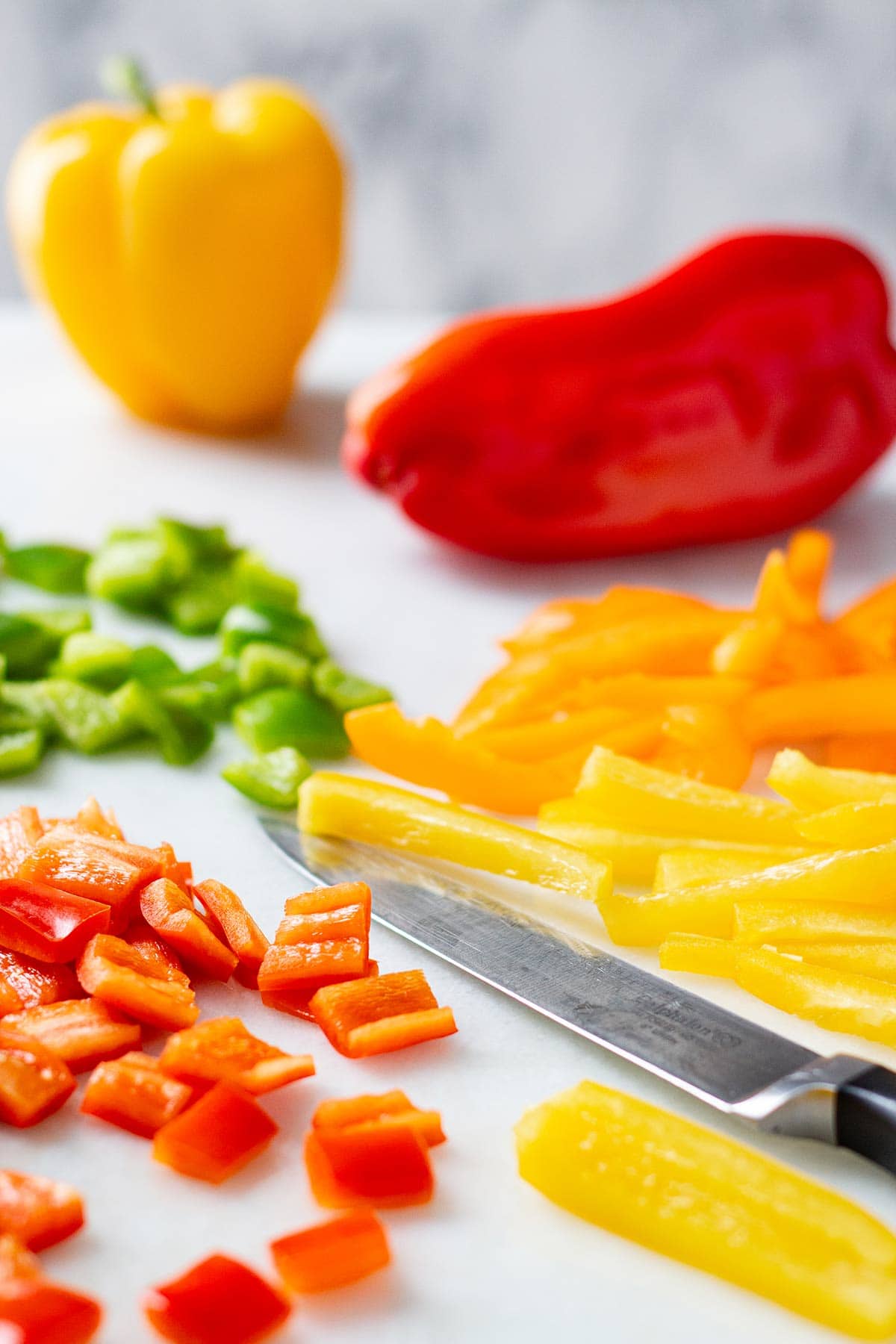
Preparing Bell Peppers for Freezing
In order to successfully freeze your peppers, you’ll need to do a wee bit of work to prepare them first, for best results.
- Select the right peppers – Choose bell peppers (also called sweet bell peppers or sweet peppers) that are firm, fresh, and free from blemishes or soft spots. You can freeze any color bell pepper – green bell peppers, red bell peppers, yellow bell peppers, you name it – so don’t just stop at green.
- Wash and dry the peppers – Rinse your whole peppers under cool running water to remove any dirt or residue. Pat them dry with a paper towel.
- Remove seeds and membranes – The best way to do this is to cut the tops and bottoms off of the whole bell peppers and then slice one side in half lengthwise and lay the pepper out flat like a strip. Remove the seeds and membranes using a paring knife or spoon and discard.
- Slice or dice the peppers – Decide whether you prefer sliced or diced bell peppers for your recipes. Slice peppers into thin strips or dice them into smaller pieces.
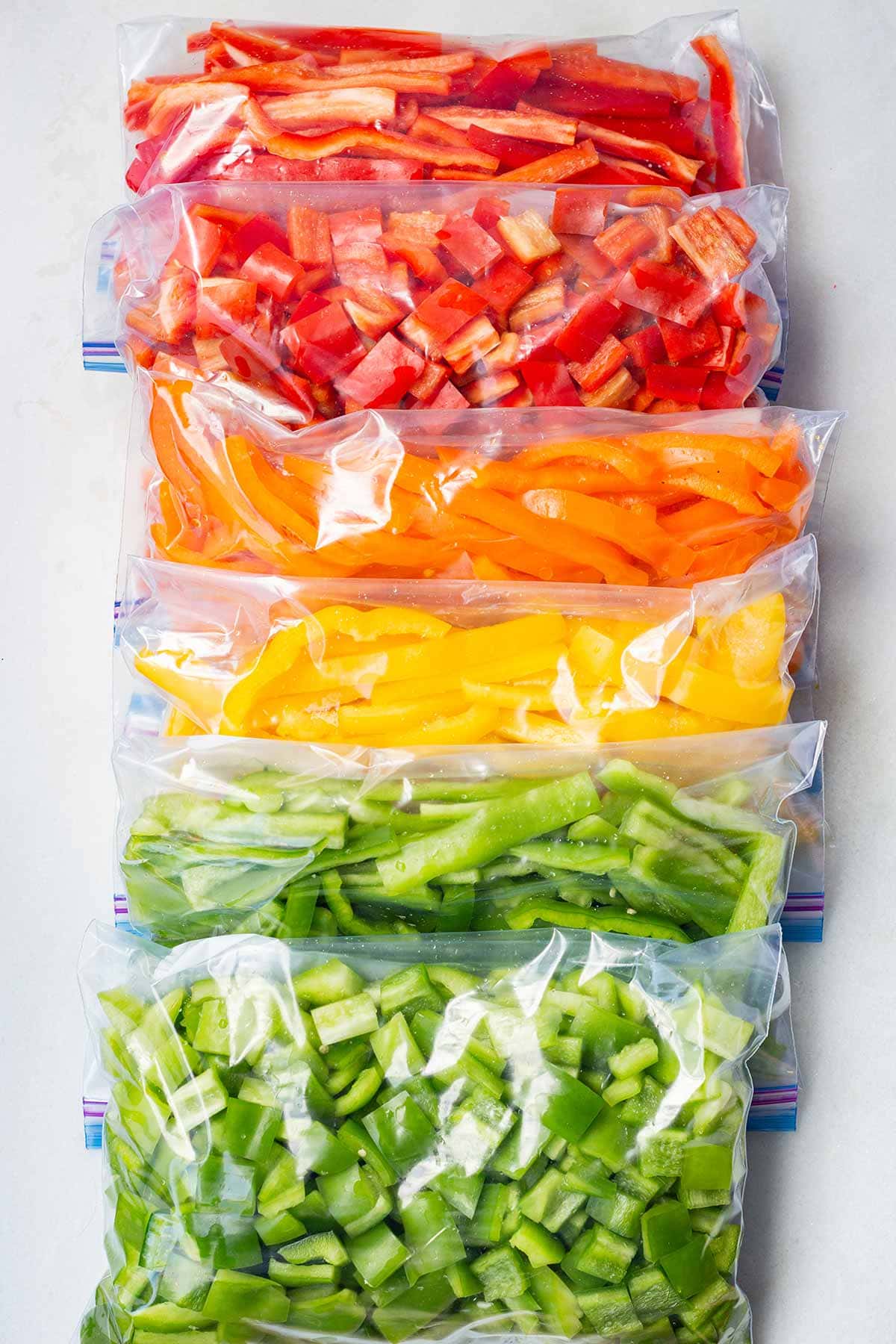
Freezing Bell Peppers
The easiest way to freeze your bell peppers for later use involves just a few simple steps:
- Arrange the sliced or diced peppers in a single layer on a baking sheet lined with parchment paper.
- Place the baking sheet into the freezer for a few hours, until the pepper pieces are frozen solid.
- Once frozen, transfer the pepper pieces to freezer-safe zip-top bags or airtight containers.
- Squeeze out any excess air before sealing to prevent freezer burn.
- Label the bags or containers with the date and contents for easy identification, then return them back into the freezer for long term storage.
This method is called “flash freezing” and it prevents the pepper pieces from sticking together in the freezer, thus allowing you to easily portion out what you need later.
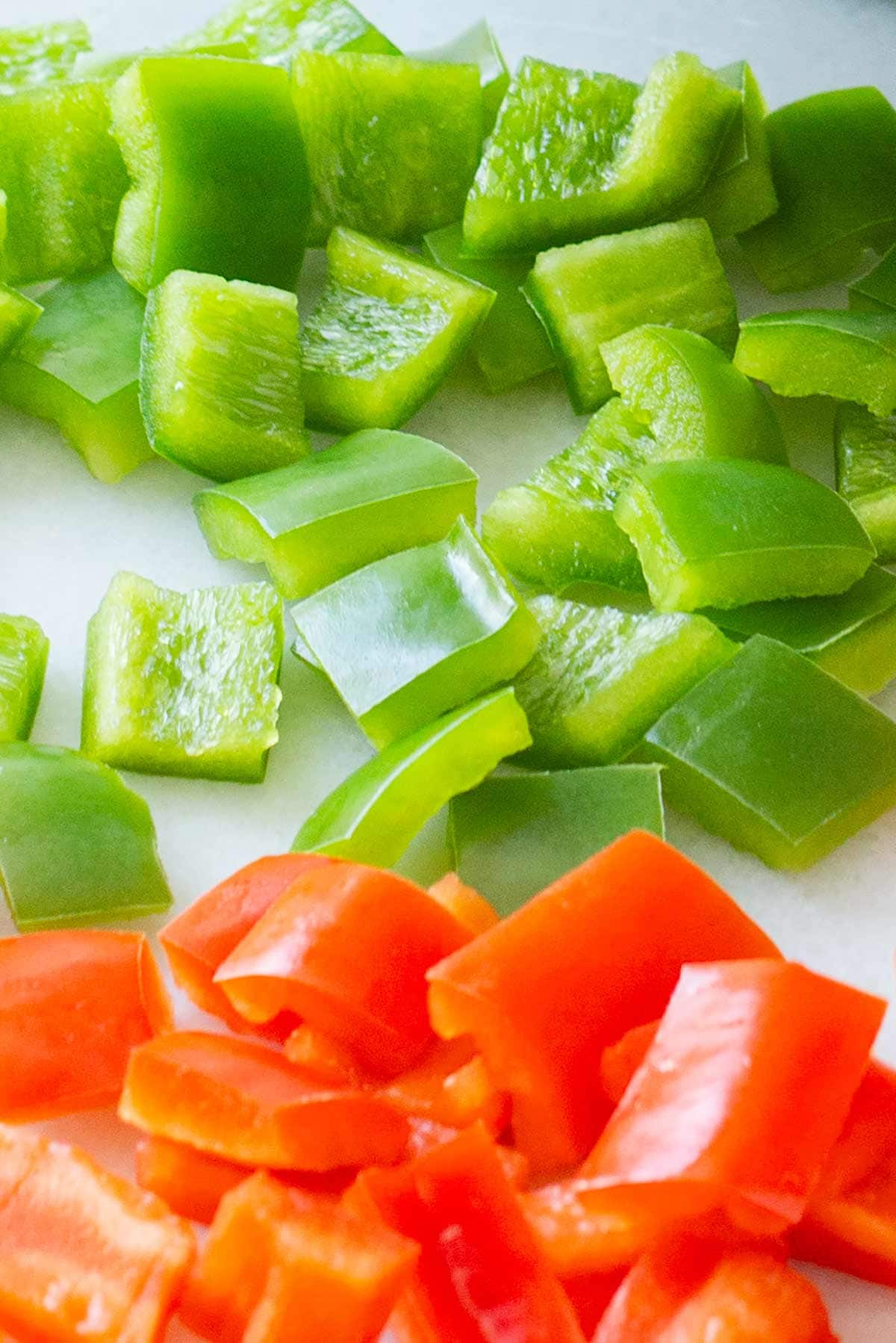
Freezing Chili Peppers
You can also successfully freeze most waxy types of peppers, including hot pepper varieties.
For chili peppers, you can opt to freeze them whole, as they are smaller and often firmer than bell peppers.
To freeze them whole, place them on a baking sheet lined with parchment paper and flash freeze as described above.
Then transfer them to heavy-duty freezer bags, removing as much air as possible before sealing.
Make sure to label what’s what, as the various types of peppers can be hard to differentiate once frozen. You don’t want to mix hot and bell peppers into the wrong recipes!
You may want to double-bag your hot chili peppers to prevent them from transferring any capsaicin to surrounding foods or containers.
Remember to handle any chili peppers, fresh OR frozen, with caution, as the capsaicin in the chili peppers can cause skin and eye irritation!

Tips and Tricks for Freezing Your Peppers
To get the most out of your frozen bounty:
- Use different colored bell peppers – Freeze a variety of colored bell peppers to add visual interest to your dishes. The different colors also indicate varying levels of sweetness and nutritional content.
- Pre-measure portions for easy use – Consider pre-measuring your diced or sliced peppers into portion sizes that you commonly use in recipes. This way, you can easily grab the right amount without having to thaw more than you need.
- Remove as much air as possible when freezing – Cold freezer air can lead to dry, freezer-burnt peppers, so be sure to remove as much air as possible when storing your peppers, and use heavy-duty freezer bags.
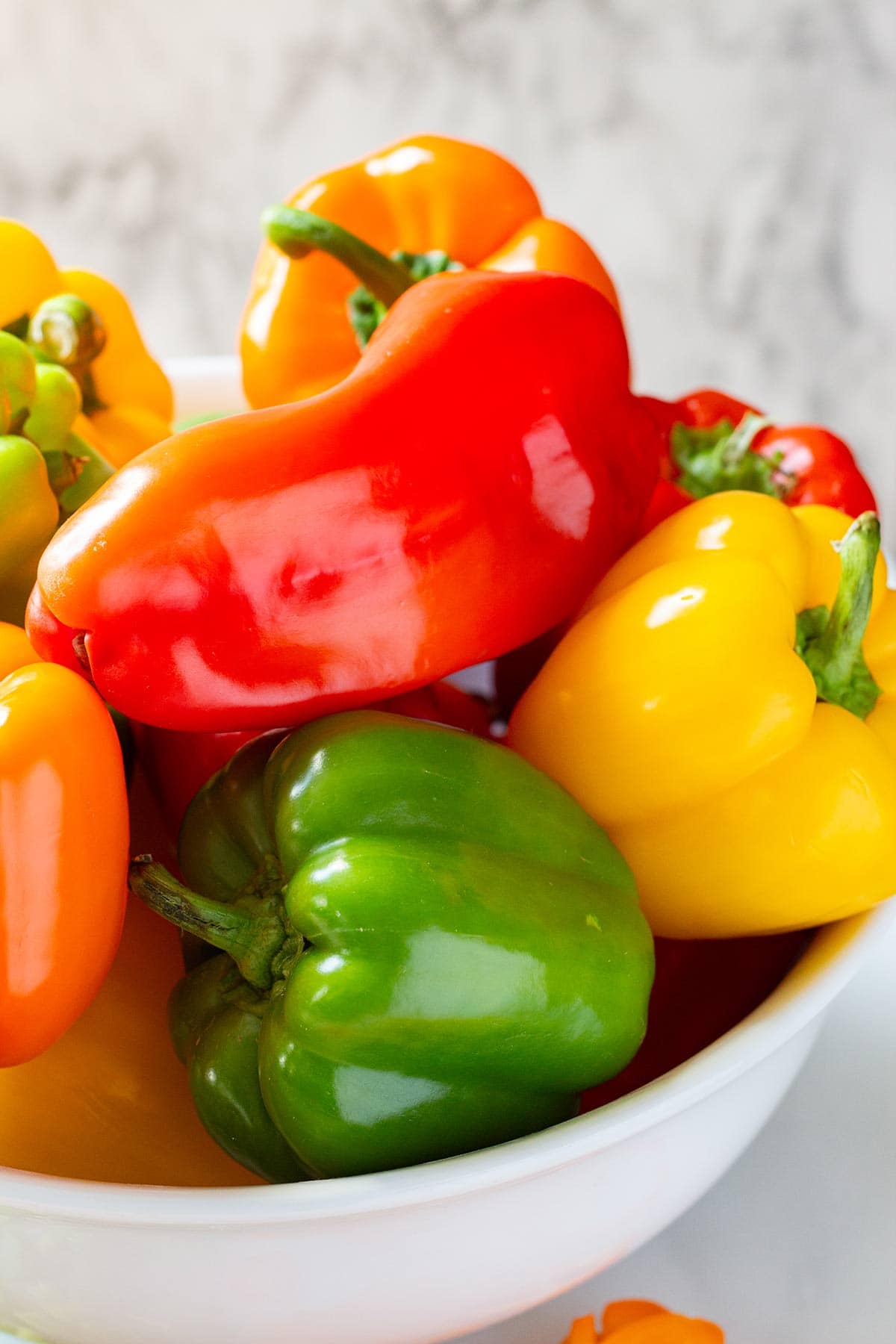
How to Use Frozen Bell Peppers
Now that you have a stash of frozen bell peppers, here are some great ideas for the best ways to incorporate then into your meals!
- Stir-fries: Frozen bell peppers are perfect for adding vibrant color and flavor to a stir fry. Simply toss them into the pan with other vegetables, proteins, and your sauce, and cook until heated through.
- Soups and stews: Frozen bell peppers are a great addition to soups and stews! They release their juices and infuse the dish with their sweet and tangy flavors. They work exceptionally well in hearty vegetable soups or a comforting chili.
- Casseroles and baked dishes: Frozen bell peppers can easily be incorporated into cheesy casseroles or baked pasta dishes. They can add a burst of flavor and extra texture. Simply thaw them before using, or add them directly to the dish if it is one that requires a longer cooking time.
- Omelets and frittatas: Frozen bell peppers can be a delicious addition to omelets or frittatas. Simply thaw your frozen bell peppers and saute them briefly before adding them to your egg mixture. They are great for adding to breakfast or brunch dishes.
- Dips and spreads: Did you know that you can add thawed and finely chopped bell peppers to liven up your favorite dips and spreads? They can even be used in a tangy fresh salsa as well!
If you like a more specific recipe to try out with your frozen bell peppers, may I suggest one of my favorites – chicken fajitas – and this is my all-time favorite Chicken Fajita Freezer Meal recipe!
It makes for a super easy dinner and can be baked in the oven or prepared in a slow cooker or Instant Pot.
FAQs for Freezing Bell Peppers
Yes, there is no need to blanch your bell peppers before freezing them. Blanching is an optional step that helps preserve the texture and color of the peppers. But it is not necessary. Just make sure to properly prepare and store them to maintain their quality.
Bell peppers can be safely stored in the freezer for up to 12 months. However, for the best quality and flavor, it is recommended to use them within 6 to 8 months. Properly stored bell peppers will still be safe to eat beyond that timeframe, but their texture and taste may deteriorate over time.
While it is possible to freeze whole bell peppers, it is not recommended. Freezing whole peppers can result in a mushy texture when thawed. It is best to slice or dice the peppers before freezing to ensure even freezing and easier portioning when you need them. Whole peppers also take up more freezer space, so slicing or dicing them into smaller pieces will take up less space.
Yes, you can freeze cooked bell peppers! Allow the cooked peppers to cool completely before transferring them to freezer-safe bags or containers. Cooked bell peppers can be a convenient addition to various dishes when you are short on time.
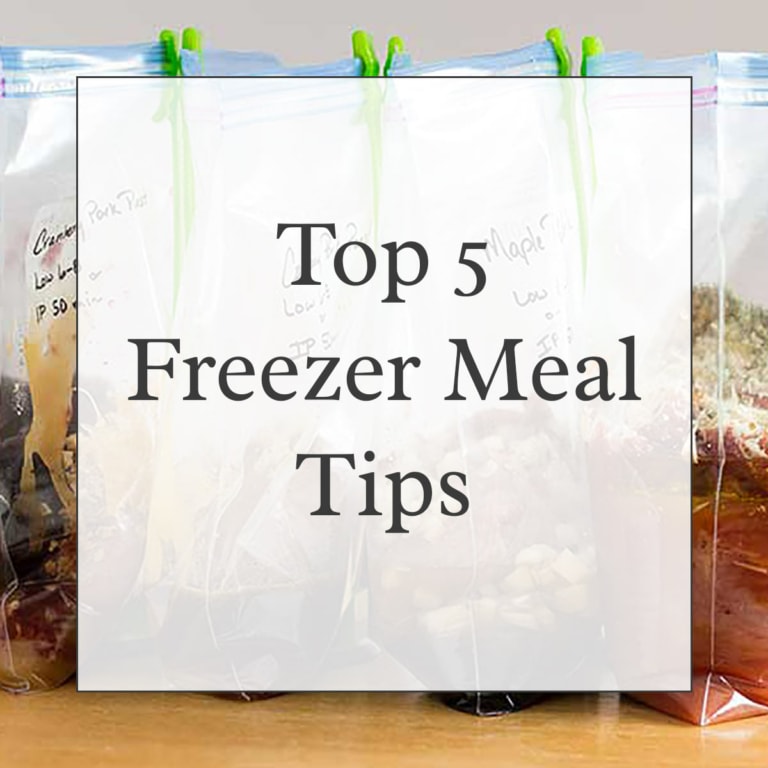

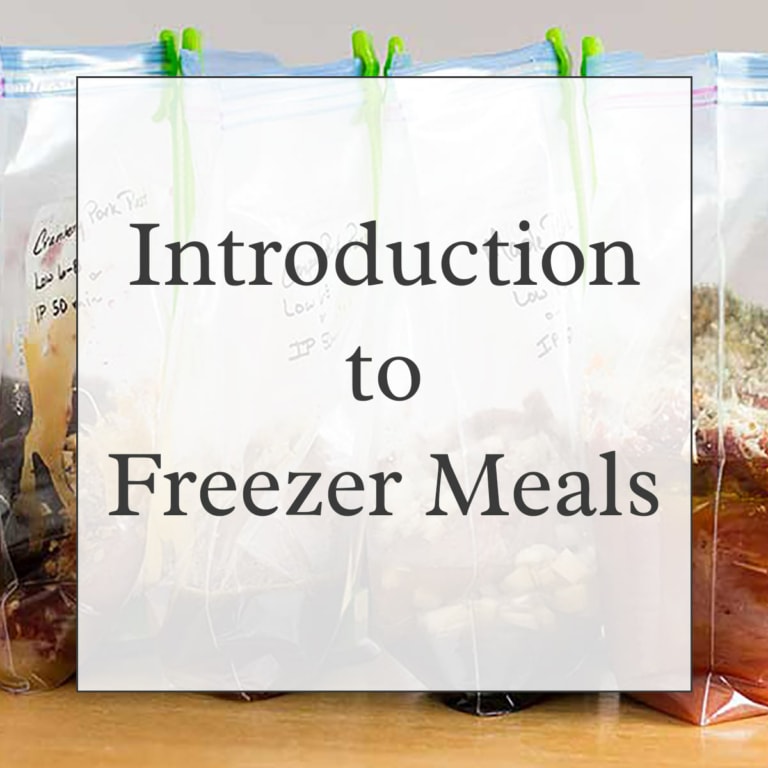
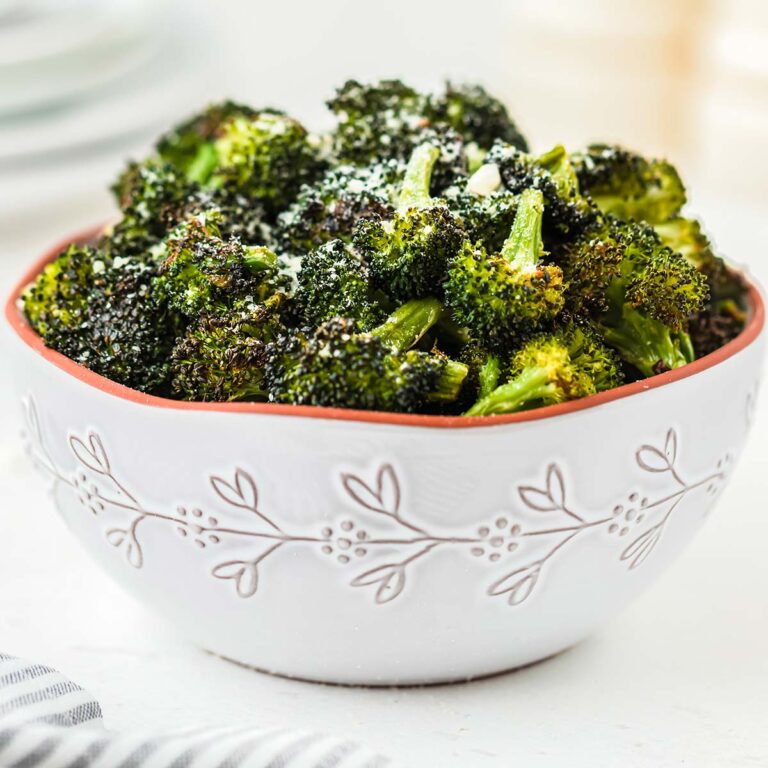
Thanks!! I got a ton of free all colored peppers from work, now to get busy and prep them lol